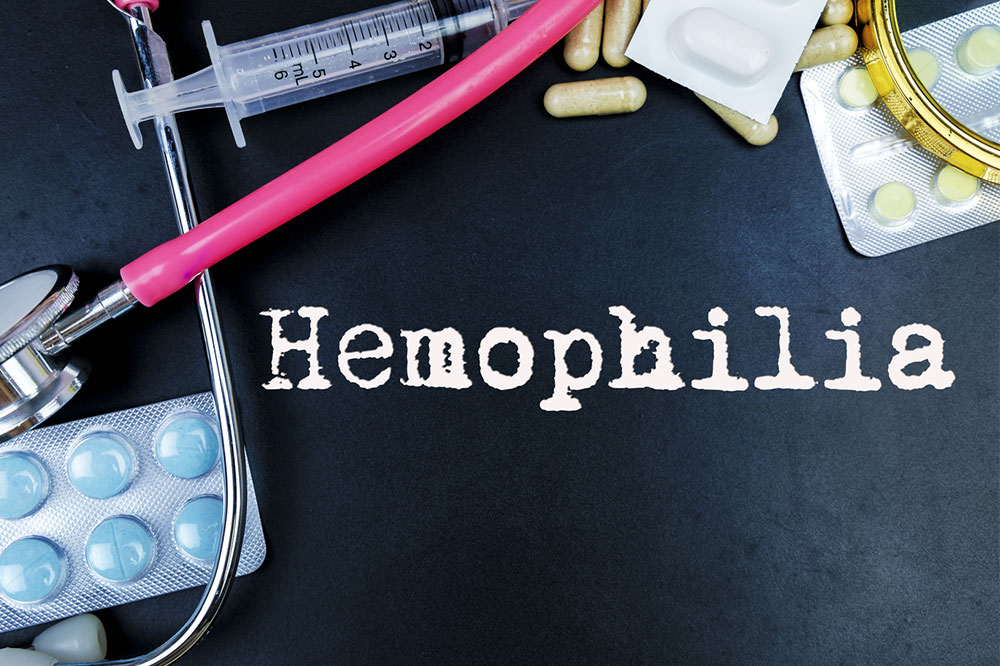
4 Critical Risk Factors for Hemophilia
Hemophilia refers to a rare blood disorder where the blood will not normally clot as it does not have enough blood-clotting proteins. So, if you have been diagnosed with hemophilia, you will tend to bleed for longer than people whose blood clots normally and the bleeding is typically prolonged even for minor cuts and injuries.
Knowing the risk factors for hemophilia is important as you can take the necessary precautions and get the right treatment. When you experience smaller cuts or bruises there is not much of a problem. But if you have an acute deficiency of clotting proteins in your blood, there are chances of deep bleeding within the body. This is particularly with regard to ankles, elbows, and knees and the internal bleeding is capable of damaging vital organs and tissues.
It is important to learn about the risk factors for hemophilia because when you bleed, there must be a chain of reactions inside the body so that your blood can clot normally. This process is referred to as the coagulation cascade that requires special blood-clotting proteins or clotting factors. So, you can end up suffering from excessive bleeding if any one or more of such clotting factors are absent or not functioning as they should.
1. Genetic Disorder
One must know the risk factors for hemophilia because it is a genetic disorder. So, to treat it, you have to get a routine replacement of the particular clotting factor that has become deficient. Hemophilia can be of two significant types: Hemophilia A and B. The first is a bleeding disorder that is hereditary and caused because of the deficiency of the VIII clotting factor. Without enough of this protein, the blood is unable to clot well enough to stop the bleeding. Factor VIII is a coagulation factor, and hemophilia will develop when your body is unable to produce this enough. Hemophilia A type occurs owing to a recessive inherited trait, wherein the defective gene is on the X chromosome. Women have two X chromosomes and this means that if the VIII factor on one does not function optimally the other can continue to do its work well. But for men, it is different because men have only one X chromosome. So, if the VIII factor is absent in the X chromosome in males, he will develop Hemophilia A.
2. Family History
Another significant risk factor is when you already have a family history of bleeding. So, if your family members or relatives have been diagnosed with this condition, you are likely to get it.
3. Christmas Disease
Hemophilia B is also popularly called Christmas disease and is a genetic disorder due to a defective or missing IX clotting factor. This can be passed down to kids from parents and nearly one-third of the cases are because of a spontaneous mutation in the gene.
4. Other Factors
Risk factors for acquired hemophilia are pregnancy, malignancy, infections like Hepatitis C and AIDS, autoimmune disorders like rheumatoid arthritis, and dermatological conditions like psoriasis.


